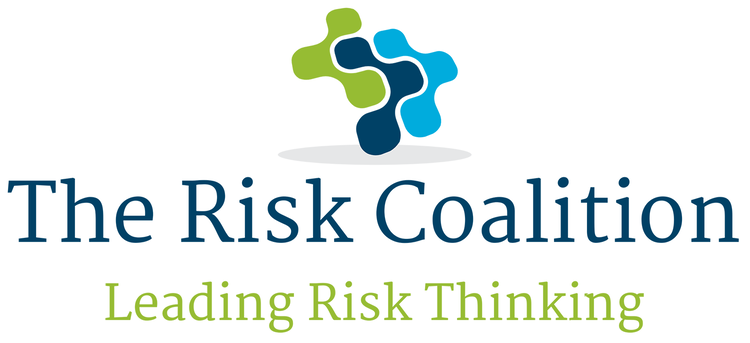The Risk Coalition’s Risk Officers Sustainability Forum recently held its 4th Chatham House rule roundtable discussion. The meeting discussed how to make the ESG transition from theory to practice.
Ben Carr from Aviva led off the discussion, providing an insight into the practical application of guidance developed by the CRO Forum ESG working group, Integrating Sustainability into Insurance Risk Management. It was clear that tone at top was essential to ensure there was an alignment with business strategy. This line of sight to strategy ensures Board and executive buy-in and relevance to stakeholders. This is the building block for establishing a fit-for-purpose ESG governance.
In terms of embedding ESG into an organisation’s existing ERM framework, the group discussed the challenges of ‘Double Materiality’ and the need to think about risks from both an inside-out and outside-in perspective. In other words, unlike many risks, the mitigation plans impact the wider ESG ecosystem and cause ripple effects, particularly through the financial system as a whole.
That not being a sufficient challenge, we then considered the many challenges with implementing this in practice, not least the problems with the quality, coverage and relevance of current ESG data and how to harness this to provide meaningful and relevant key performance indicators. Despite this, the conclusion was ‘Make a start’ – fail fast and keep adapting your approach. In other words, ESG implementation is a journey, and ‘Perfection is the enemy of progress’.
Alex Hindson, from Argo Group moved the debate on to the practicalities of establishing a Responsible Underwriting approach. A recurring theme was this was a long-term journey. There were many challenges in terms of establishing ‘Net Zero’ promises, not least of which turning high-level commitments into tangible plans and creating a baseline risk profile. That being said, ‘do nothing’ was not viable. Hence recognising that this was a change management initiative and hence has the standard steps one would imagine:
• Discovery – what is all this about?
• Exploration – what does it mean for me?
• Integration – what do I need to do differently?
• Embedding – how can I do it consistently and demonstrate this to others?
The objective remains to see how an underwriter would practically integrate ESG considerations into risk selection and pricing decisions. ESG data capable of supporting underwriting was debated. Today’s level of coverage of an average general insurer’s portfolio is pretty low. Experience suggests this sits between 10% and 30% on an insurer’s ‘Insured Universe’ and so well behind where Investment ESG sits. There are many causes – limited private company and SME disclosures being one aspect. However even with ESG data in place, there is an education journey to follow. Underwriters are not ESG experts. They need help in picking the bones out of an insured’s ESG report. ESG information relevant to a Director & Officer underwriter may be meaningless to a Marine Cargo underwriter and vice versa. Hence this is a learning process.
He concluded by reflecting that perhaps ESG data is most relevant in steering an underwriting portfolio at this stage and less relevant to individual underwriting decisions. This led on to a debate about how to build ESG into capital allocation decisions. Work in this area was limited to date but potentially could ultimately result in moves towards applying lower return on capital hurdle rates to ‘ESG positive’ classes of business.
Alex Duncan from Just Group then lead a discussion on the risks that CRO’s should be aware of in practic in producing or challenging transition plans to achieve net-zero targets. These ranged from the challenges of sourcing data; the possibility of changing, emerging or incomplete methodologies; balancing the judgements required between remaining engaged with an investment or insurance activity versus withdrawing from it in order to achieve a quicker transition and of course our perennial favourite: the breadth and speed of regulatory and other climate guidance. Running across this, the exposures to reputational risk via litigation, activism or simply poor publicity may be the hardest for a CRO to identify, mitigate, manage and report on.
There is a recognition that transition planning is an emerging and very fast-moving area. Many factors were yet to be actively integrated, including the footprint of third parties and the ‘social’ dimension of ESG, with no best practice established but with keen interest from or expected from external stakeholders ranging from investors, customers, regulators, auditors and market commentators.
The roundtable discussion delved into several interesting areas including how to integrate ESG into Board-level discussions. In one case this was facilitated by explicitly forcing a question on all proposals requiring a board decision to tease out what the ESG implications are.
Alex Duncan, Chief Risk Officer at Just Group plc , summarised the key points from the Risk Officers Sustainability Discussion held on 29 June 2022.
To find how to participate in the Risk Officers Sustainability Forum, please get in touch.

